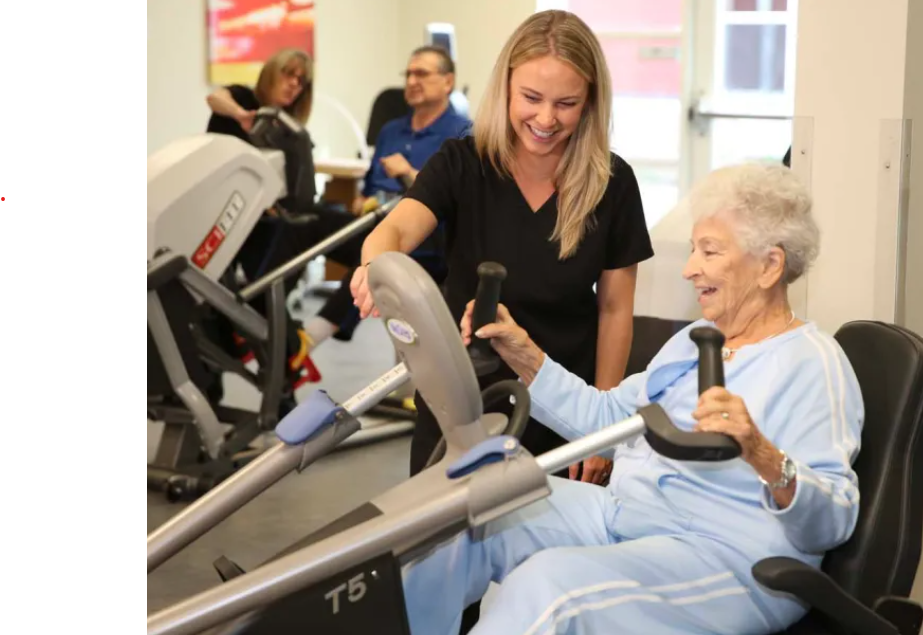The Ensign Group: A Leader in Post-Acute Care Services
The Ensign Group Inc., based in San Juan Capistrano, California, has emerged as a vigorous player in the post-acute care services industry over the last decade. The company specializes in assisted living, skilled nursing, and rehabilitative care, showcasing a compounded annual growth rate of 15% in revenue and 16% in adjusted earnings. In an exclusive interview, Barry Port, the company’s chairman and CEO, credited the organization’s extraordinary performance to a “fanatical sort of consistency.” Since its inception in 1999, Ensign has successfully scaled its operations to 361 facilities, which include over 35,500 skilled nursing beds and 3,300 senior living units. As the U.S. population over the age of 65 is anticipated to rise from 15% in 2016 to 21% by 2030, Ensign’s growth is intricately linked to demographic trends.
Ensign’s successful investment strategy revolves around acquiring underperforming facilities and enhancing their operations to provide better services, making them the "operation of choice" in their respective communities. This focused approach has not gone unnoticed on Wall Street. Following a significant downturn during the early pandemic phase, when shares fell to around $37, the stock climbed dramatically, reaching an all-time high of $174.98. With a company valuation now pegged at $10 billion, Ensign ranks as the fifth largest public company in Orange County.
Conservative and Strategic Growth
Ensign’s latest financial reports indicate an impressive second-quarter revenue increase of 19%, reaching $1.23 billion—largely driven by organic growth with occupancy rates at 82.1%. The company has raised its guidance for 2025 earnings to between $6.34 and $6.46 per share, with sales expected to reach between $4.99 billion and $5.02 billion. Analysts had previously projected earnings of $5.90 per share on sales of $4.92 billion, suggesting Ensign’s performance is surpassing expectations. Following a series of recent acquisitions, including skilled nursing operations in California, Wisconsin, and Iowa, the company is expected to maintain its growth trajectory.
An analytical firm, Stephens, has reaffirmed an overweight rating for Ensign, even setting a price target of $170. The firm indicated that the pace of mergers and acquisitions has been consistently strong, reflecting the company’s comfort with integrating larger asset bases while adhering to its fundamental acquisition strategy. Port emphasized a conservative approach to acquisition, stating, “We represent almost two and a half percent of the entire industry, so there’s still a huge amount of opportunity.” With eyes on further expansion into states like Alabama, Alaska, and Oregon, Ensign aims to grow within familiar territories while leveraging its operational model.
A Unique Operational Model
Ensign’s cluster operating model uniquely positions its facilities in geographical proximity to one another, fostering collaboration and enhancing service diversity. This model not only improves operational efficiencies but also facilitates better integration with health plans and hospitals, ultimately serving the healthcare needs of local communities. Port highlighted that increased “density” allows clusters to work together effectively, leading to improved overall performance and care outcomes.
With a significant portion of skilled nursing facilities leased from third parties, Ensign distinguishes itself by owning much of its real estate through its subsidiary, Standard Bearer. Port noted that this strategy aligns with Ensign’s commitment to providing high-quality care and maintaining operational control over its resources.
Leadership and Legacy
The legacy of Ensign’s founders continues to shape the company’s mission. Co-founded by Roy Christensen and his son Christopher in 1999, the organization aimed to elevate the standards of care within the nursing home sector. Roy Christensen’s extensive experience in long-term care, including service on President Nixon’s Healthcare Advisory Task Force, laid a solid foundation for the company. Port himself has been with Ensign for over two decades, evolving from an administrator to CEO in 2019. His hands-on experience and commitment to the company have played a crucial role in guiding Ensign through the complexities of the healthcare landscape.
Port emphasizes the importance of teamwork in perpetuating the founders’ vision and enhancing the operational efficiency of the organization. Under his leadership, Ensign has cultivated a culture that prioritizes quality and consistency across all facilities.
Navigating Industry Challenges
The skilled nursing sector is not without its challenges. Ensign faces scrutiny from regulatory bodies and is exposed to the fluctuating dynamics of healthcare policies. However, many analysts believe the nursing home industry has now turned a corner, expressing optimism about the future. The brokerage firm UBS recently issued a buy rating for Ensign with a price target of $205, signaling growing confidence among policymakers regarding the nursing home sector’s prospects.
While navigating these complexities, Ensign remains committed to its operational integrity and patient-centered care. Port believes that modern reforms and the prevailing tide of favorable policies are prime opportunities for Ensign to thrive over the coming years, accentuating the company’s resilience and adaptability.
Conclusion
As The Ensign Group advances into the future, it does so with a robust growth strategy, a commitment to quality care, and a solid operational framework. With an eye toward ongoing acquisitions and a deep-rooted understanding of the healthcare environment, the company is well-positioned for continued success. Ensign not only enhances the facilities it acquires but also contributes significantly to the growing demand for senior care services amidst an aging population.
Boost your health naturally—click here to shop Nature Made vitamins at NatureMade/TheOCJuice and enjoy 25% off your first order!





